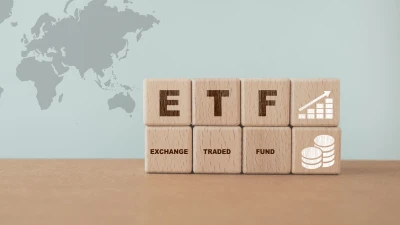Stock market behaviour can be predicted



The timing of electronic orders on the stock market can be mathematically described, and is a "crucial step" towards predicting movements on stock exchanges, according to two physicists from the University of Adelaide.
The Australian scientists, who worked in collaboration with colleagues in the German finance sector, have found some mathematically-proven similarities between stock market behaviour and the lifetime of a light bulb and saw it as a "crucial first step" towards predicting dramatic movements on the stock exchange that could lead to stock market crashes.
The study simply analysed the arrival and cancellation times of many millions of buy and sell ‘limit orders' from seven different stocks on the electronic orderbook of the London stock Exchange for four months.
Australian Laureate Fellow and Elder Professor of Physics at the University of Adelaide, Anthony Thomas, explained that they had looked at orders that came extremely close together, less than 10 milliseconds apart, and a huge volume of orders which were placed and withdrawn that did not satisfy any rational formula.
"It appears that in these cases, what's going on is some attempted market manipulation through fake orders to try and suggest that the market is moving when it's not," he said.
"However, when we excluded all the orders of less than 10 milliseconds intervals, we found the market actually shows amazingly rational behaviour. In fact the pattern of placement and removal of orders then follows a well-known probability distribution, the Weibull distribution.
"This is a major discovery, telling us about the dynamics of the electronic orderbook."
According to research associate, Dr Ayse Kizilersu, this information could be used to manage the risks associated with investing and can help stock market regulators detect irregularities in movements which leave the small investors at disadvantage.
The researchers have confirmed they plan to continue their research looking at price movements.
Recommended for you
GQG Partners has marked its fifth consecutive month of outflows as its AI concerns lead to fund underperformance but overall funds under management increased to US$166.1 billion.
Apostle Funds Management is actively pursuing further partnerships in Asia and Europe but finding a suitable manager is a “needle in a haystack”.
Nuveen has made its private real estate strategy available to Australian wholesale investors, democratising access to a typically institutional asset class.
VanEck is expanding its fixed income range with a new ETF this week to complement its existing subordinated debt strategy which has received $1 billion in inflows this year.












